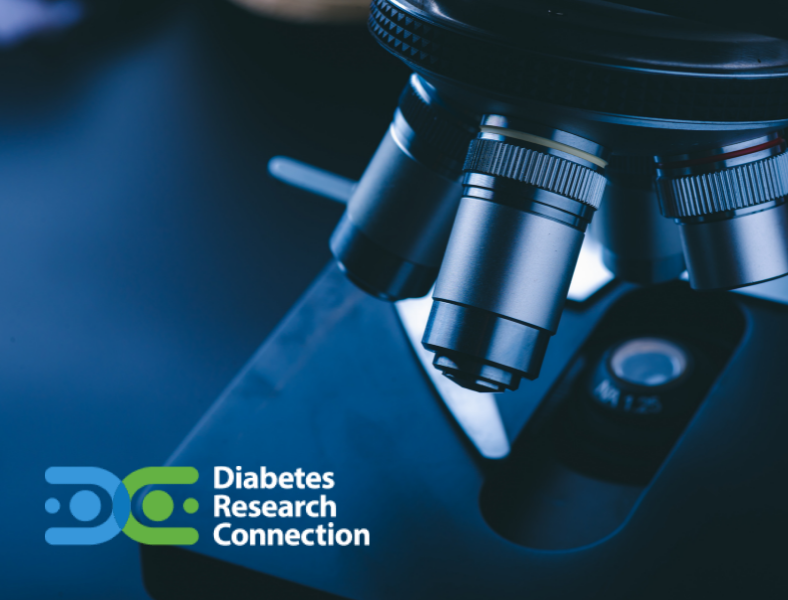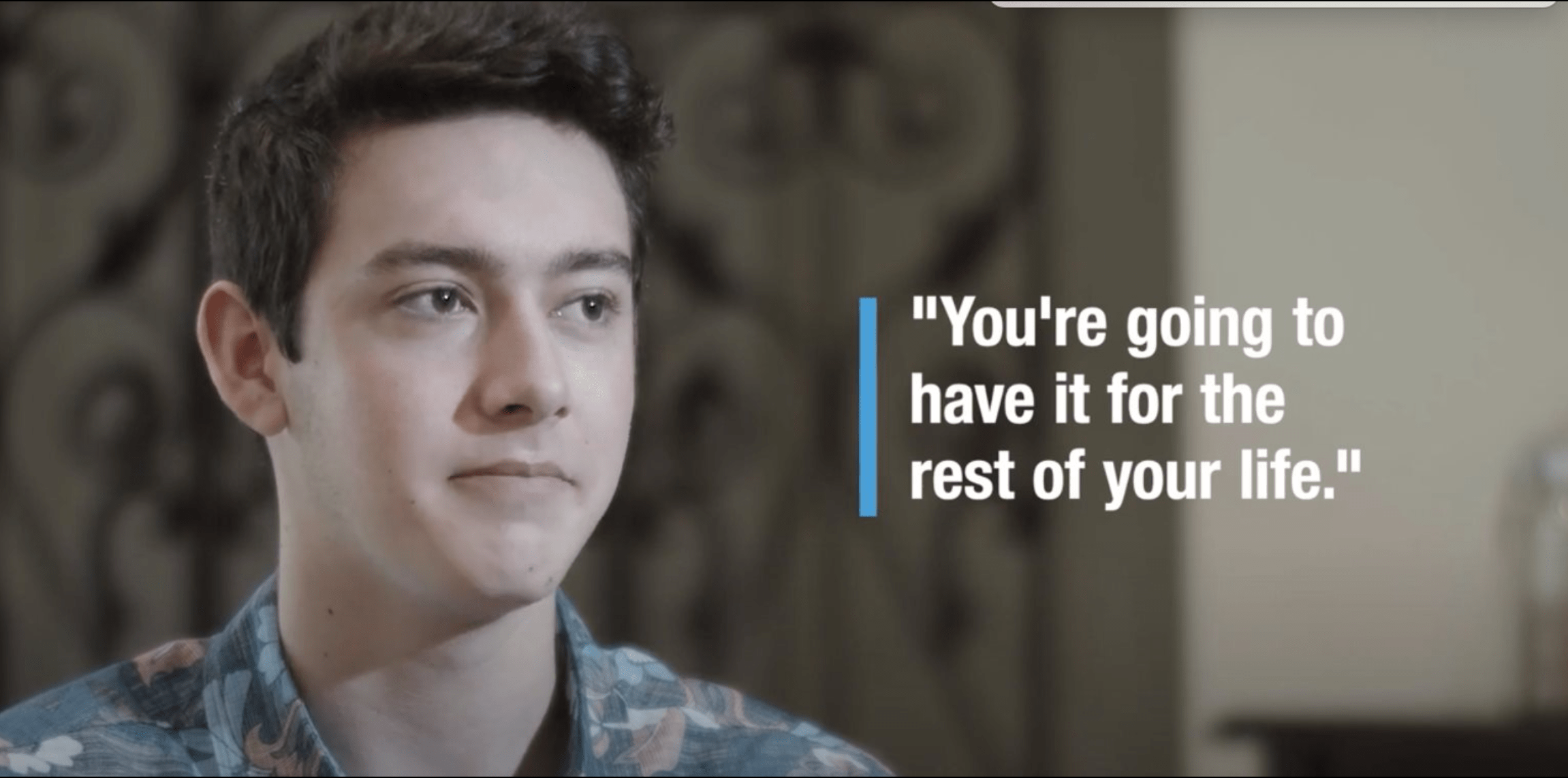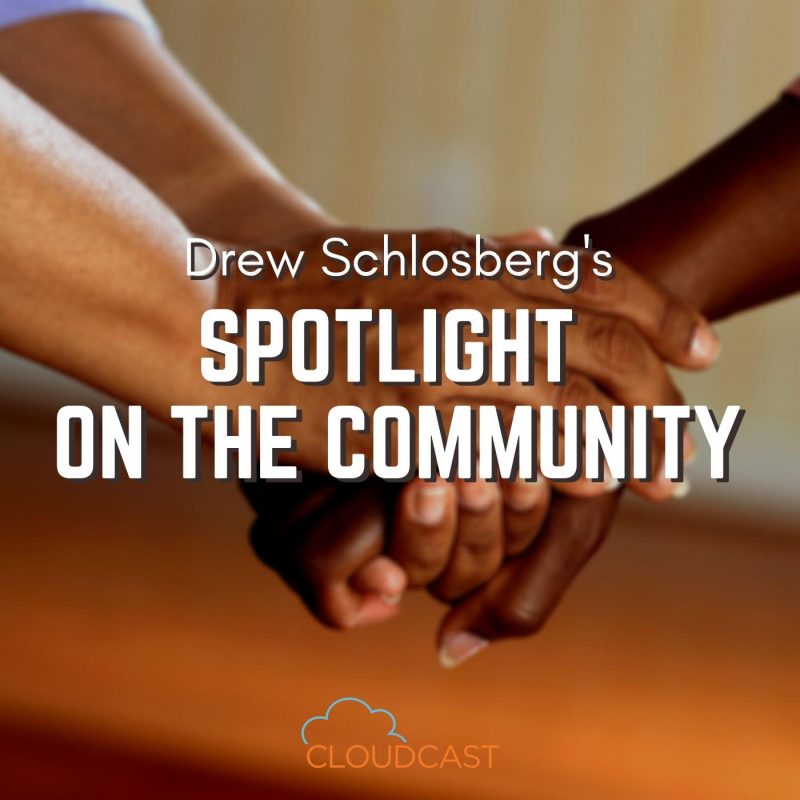Month: December 2021
-

Diabetes Research Connection Celebrates Achievements Amid Year-End Giving Campaign to Fund Type 1 Diabetes Research
Supported by corporate sponsorships, county grants, foundation awards, and a donation of $100,000 in matching funds, DRC pushes to fund more innovative research to find the cause, treatment, and cure […]
-

Imagine: A World without Type 1 Diabetes
Introduction: The Current Reality Today, millions of people across the globe suffer from Type 1 Diabetes (T1D), a chronic autoimmune condition that significantly impacts their quality of life. Imagine a […]
-

A Cure for Type 1 Diabetes? For One Man, It Seems to Have Worked
May 2022 Update Vertex Pharmaceuticals Incorporated today provided updates on its Phase 1/2 clinical trial of VX-880, an investigational stem cell-derived, fully differentiated pancreatic islet cell replacement therapy for people […]
-

We’re Committed to Eradicating T1D
We’re Committed to Eradicating T1D Every year, millions of people around the world are diagnosed with Type 1 Diabetes (T1D), a lifelong health condition that currently has no cure. We’re […]
